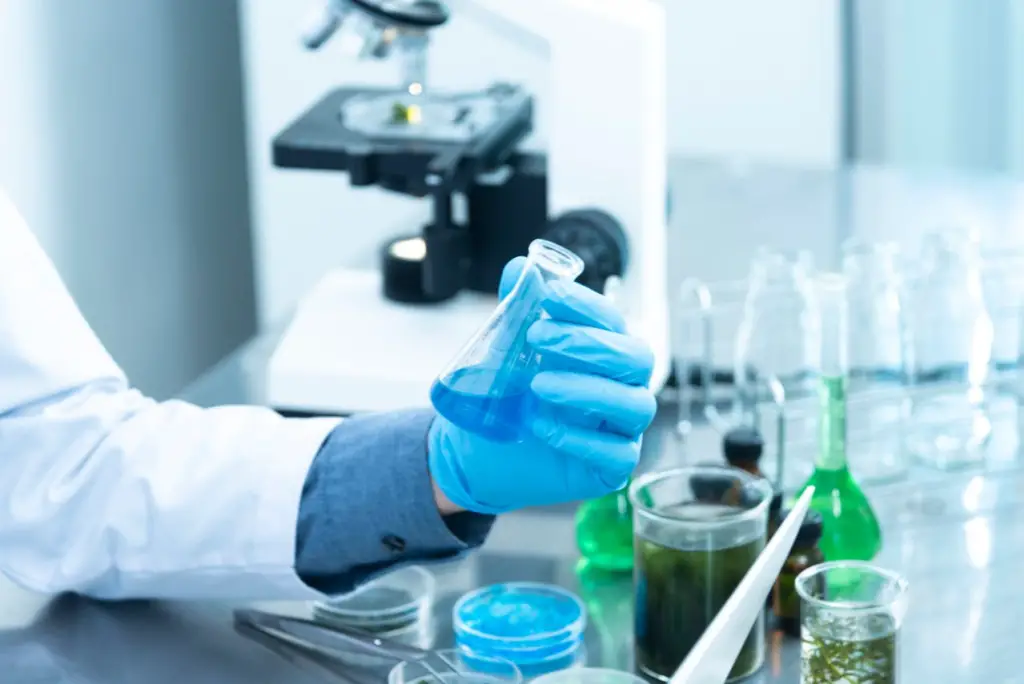The journey of developing new medicines is a vital and intricate process that plays a crucial role in public health. From initial research to the moment a medication reaches the pharmacy shelf, each step is meticulously planned and executed. This article explores the various stages involved in creating medicines and highlights the importance of collaboration among scientists, pharmaceutical companies, and regulatory bodies.

Understanding the Need for New Medicines
As diseases evolve and new health challenges emerge, the demand for innovative medications increases. Researchers and scientists tirelessly work to address unmet medical needs, from chronic conditions like diabetes and heart disease to acute illnesses and infectious diseases. The ongoing COVID-19 pandemic has highlighted the critical role of rapid response in drug development, showcasing how swiftly scientists can pivot to create effective treatments and vaccines.
The Discovery Phase: Finding New Treatments
The drug development journey begins in research laboratories where scientists identify potential targets for new medications. This phase involves rigorous testing and experimentation to discover compounds that can effectively address specific health issues. Researchers may use various techniques, including high-throughput screening, to evaluate thousands of potential drug candidates.
For instance, advancements in genetic research and biotechnology have opened new avenues for targeted therapies, particularly in cancer treatment. According to a recent study, researchers have made significant strides in developing personalized medicines tailored to individual genetic profiles.
Formulation Development: Crafting Effective Medications
Once a promising compound is identified, the next step is formulation development. This process focuses on creating a stable and effective medication that can be administered to patients. Factors such as bioavailability, stability, and patient compliance are considered during formulation.
Formulation development services play a crucial role in this stage, ensuring that drugs are safe and effective for human use. Companies specializing in this area offer invaluable expertise in crafting formulations that optimize the delivery and efficacy of new drugs. Their comprehensive approach helps pharmaceutical companies streamline the development process, ultimately benefiting patient outcomes.
Preclinical Testing: Ensuring Safety Before Trials
Before testing on humans, a new drug undergoes preclinical testing, which includes laboratory and animal studies. This phase assesses the safety, efficacy, and pharmacokinetics of the drug. Researchers aim to identify potential side effects and determine the optimal dosage before moving to clinical trials.
Recent developments in this field have emphasized the importance of ethical considerations and regulatory compliance during preclinical studies. For example, the FDA has implemented new guidelines to ensure that the preclinical testing process is rigorous and thorough, enhancing the safety of eventual human trials.
Clinical Trials: Testing on Human Subjects
Clinical trials are essential for determining the safety and efficacy of new medications. These trials are typically conducted in three phases:
- Phase I: Focuses on a small group of healthy volunteers to assess safety and dosage.
- Phase II: Involves a larger group of patients to evaluate the drug’s efficacy and side effects.
- Phase III: Conducted on thousands of participants, this phase compares the new drug against standard treatments to provide comprehensive data on its benefits and risks.
Each phase is carefully designed and monitored to ensure the safety of participants. Regulatory bodies play a crucial role in overseeing these trials to ensure compliance with ethical standards.
Regulatory Approval: Navigating the Approval Process
After successful clinical trials, the data is submitted to regulatory agencies, such as the FDA or EMA, for review. This process can be lengthy, requiring extensive documentation and data analysis. Regulatory agencies assess the safety, efficacy, and manufacturing processes of the new medication before granting approval.
The recent introduction of accelerated approval pathways has allowed certain life-saving drugs to reach the market more quickly, particularly in response to public health emergencies. This approach emphasizes the importance of timely access to essential medications while maintaining rigorous safety standards.
Manufacturing: Producing Safe Medications
Once a drug receives regulatory approval, it enters the manufacturing phase. Pharmaceutical companies must adhere to stringent quality control standards to ensure that each batch of medication is consistent and safe. Advanced manufacturing technologies, including automation and quality assurance protocols, are employed to maintain high standards.
The effective distribution of medications is equally important. Supply chain management ensures that drugs are transported and stored correctly, especially those requiring special handling, such as refrigeration.
Post-Market Surveillance: Ensuring Long-Term Safety
Even after a drug is on the market, monitoring continues through post-market surveillance. This ongoing assessment collects data on the drug’s performance in the general population, identifying any long-term side effects or issues that may arise. Regulatory agencies, healthcare providers, and pharmaceutical companies work collaboratively to ensure patient safety and efficacy over time.
Recent examples, such as the monitoring of COVID-19 vaccines, have demonstrated the importance of transparency and public trust in the pharmaceutical industry. Effective communication about ongoing safety measures helps maintain confidence in new treatments.
Conclusion: The Ongoing Journey of Drug Development
The development of new medicines is a complex and collaborative journey that requires the expertise of scientists, regulatory bodies, and pharmaceutical companies. Each step, from initial discovery to the moment a drug reaches the patient, is essential in ensuring the safety and efficacy of new treatments.
As the landscape of medicine continues to evolve, the collaboration among various stakeholders will remain crucial in optimizing drug delivery and effectiveness. The future of medicine holds great promise, with ongoing research and innovation paving the way for new therapies that can improve health outcomes for individuals worldwide.










